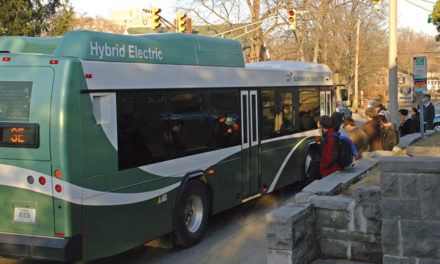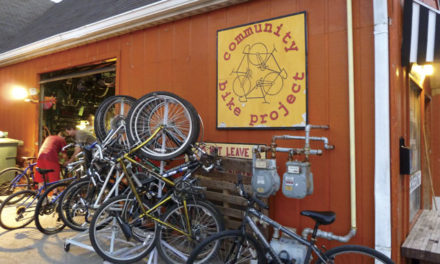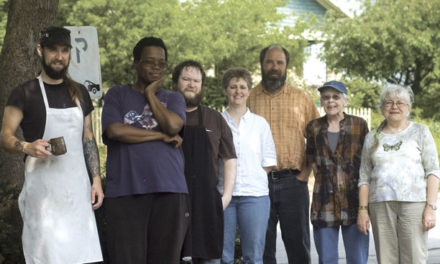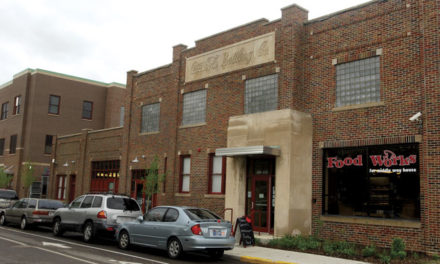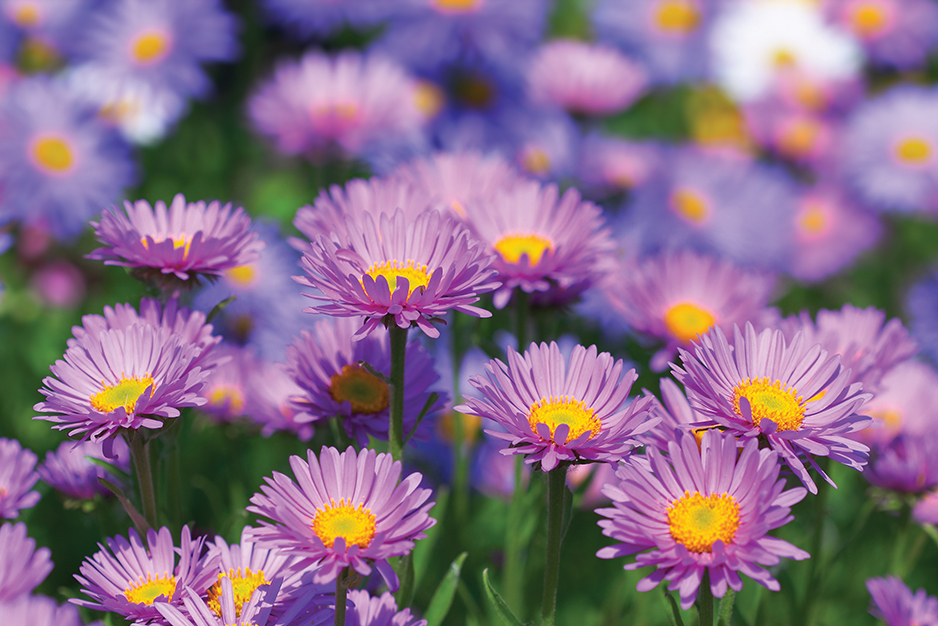
BY JULIE GRAY
While you may have noticed work at Goat Farm Park near the junction of High Street and East Winslow Road as the City of Bloomington Parks and Recreation Department plants a five-acre prairie of native plants, don’t get too excited.
Steve Cotter, the department’s natural resources manager, strives to lower expectations. “We don’t anticipate it looking great this year,” he says. “But we’re asking for patience because it’ll be worth the effort.” Depending on the weather, the prairie could take as long as three years to become established. When that does happen, the prairie will feature blooms like asters, coneflowers, and bee balm, as well as foliage plants like yellow fox sedge and Indiangrass.
The park was planted at the suggestion of the biodiversity working group of the Bloomington Environmental Commission. “They were concerned about the rapid decline in pollinator populations like bees, some butterflies, and hummingbirds,” explains Cotter. The city already has native plantings in several parks. “But this will be the biggest one, and we’re hoping to increase them,” he says.
Establishing native plants isn’t as simple as casting seeds to the wind. “When we first got into native plants,” Cotter says, “we had the naïve impression that we would plant them and tend them for a few years and then they’d be able to take care of themselves. That turned out not to be the case.”
At Goat Farm Park, entrenched fescue has to be cleared out using a herbicide. Then a seed drill sows the seeds at exactly the right shallow level so they receive warmth and light.
Even then, the work isn’t over. “Many invasives grow faster and have fewer herbivores and diseases that attack them,” Cotter says. “However, the natives are still a good deal economically and ecologically.” Cotter explains that native plants don’t need to be watered or fertilized like ornamental plants do. And planting natives means the land doesn’t need to be mowed as often.
When completed, Goat Farm Park will feature a path around the prairie with interpretive signage for visitors. The chimney swifts that live in three adjacent towers will also benefit from the increased biodiversity. As for the long-gone goats that once occupied the site? Cotter says they were no friends to native plants: “One of the things about goats is that they eat just about anything.”


